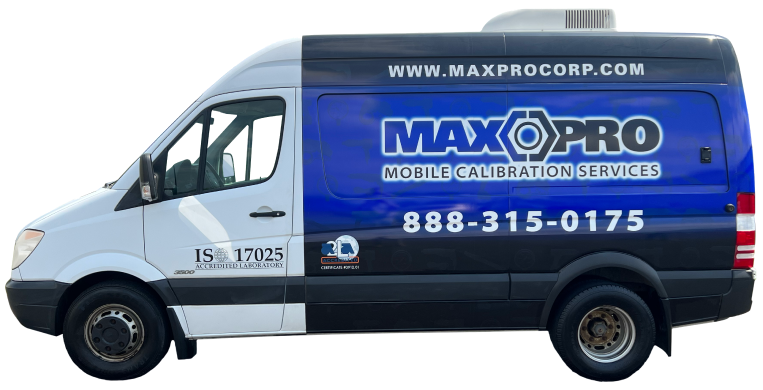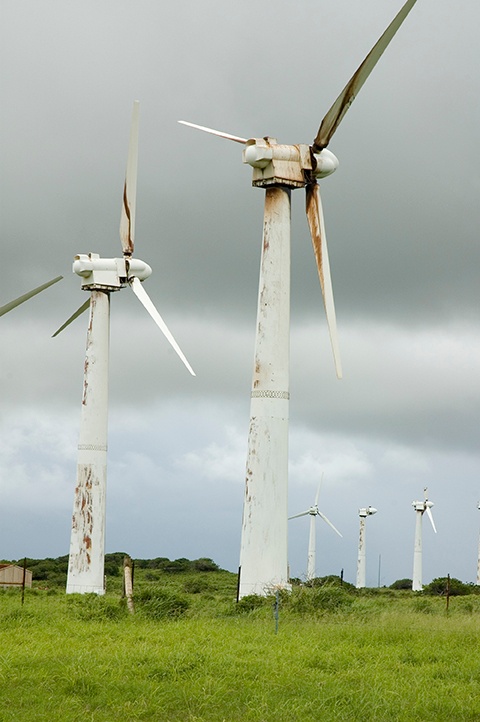
Nearly every part of a wind turbine is fastened together with bolted joints. And these bolts are, in a sense, under constant threat from vibration, fatigue, bolt relaxation and corrosion.
This is an issue we’ve discussed before on this blog, but one that’s important enough to revisit. Here are some ways to protect the countless wind tech bolted joints that keep a turbine running.
Vibration
The loosening that results from vibration can be prevented by:
- Adjusting the joint’s geometry for added mechanical restraint
- Using jam nuts/slotted nuts with a cotter pin
- Utilizing anaerobic adhesives to cement threads
- Employing self-locking fasteners such as locknuts, pellets, wedge-lock washers or nylon-threaded patches
- Installing locking mechanisms that can withstand loosening
Fatigue
The fatigue strength of wind tech bolted joints refers to the highest tensile load a material can endure before fracturing. Fatigue can be lessened by using higher pre-loads to guard against bolt failure.
And keep in mind that when the portion of the fluctuating service load is lower than the endurance limit of a bolt, the fatigue life is virtually unlimited.
Bolt relaxation
Bolt relaxation happens to every joint after assembly, and with it comes a loss of preload. When a bolted wind turbine joint becomes too relaxed, this preload loss can result in joint separation and failure.
You can minimize bolt relaxation by:
- Using smaller diameter, higher-strength bolts to increase elasticity
- Using head bolts and flange nuts to ease bearing stresses, and hardened washers beneath nuts and bolt heads to ensure the even distribution of bearing stresses
- Limiting joint area interfaces
Corrosion
Even small levels of corrosion on wind tech bolted joints can cause a loss of material and preload, which is why it’s essential to seek out corrosion-resistant materials for wind turbine bolts.
Here are some factors to consider when picking a corrosion-resistant coating for fasteners:
- Temperature limits
- The performance characteristics of the coating and plating relative to the environment in which they will be used
- Dimensional changes that can result from the temperature. Coatings can become less effective when exposed to thermal expansion and contraction
- Whether the coating will stay intact after the fastener is tightened
Wind tech bolted joints required accurate, reliable tools. Maxpro is proud to provide these tools to the wind turbine industry. We are the world’s leading supplier of ERAD torque wrenches, and calibrate every tool we sell at our A2LA-accredited lab.
Contact Maxpro today to learn how we can assist you in your next wind turbine project.







